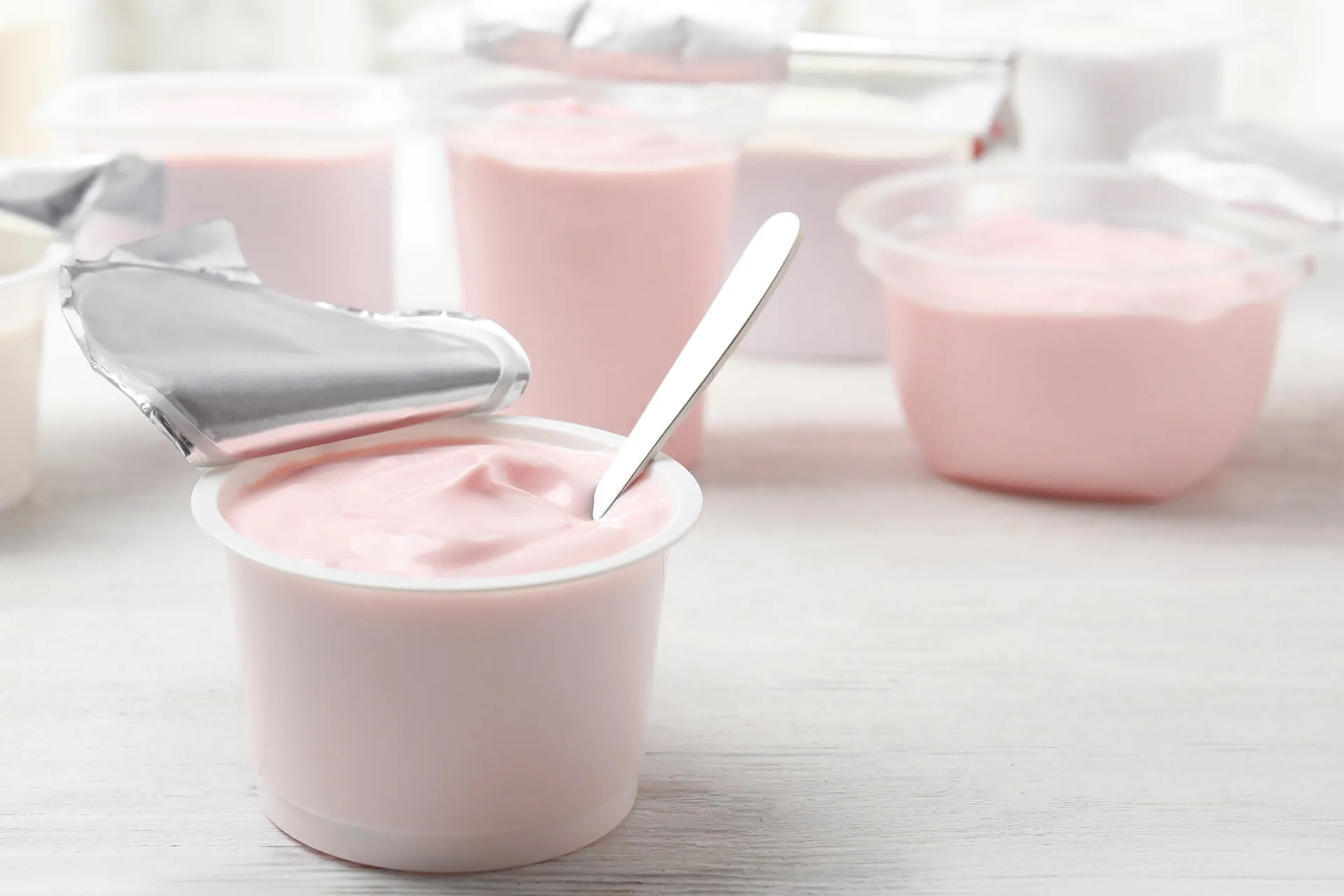
TECHNICAL ARTICLE
TECHNICAL ARTICLE
Non-dairy whipping cream is an intricate system but lowering the fat content adds an extra layer of complexity. It’s a conundrum which many experts have struggled to solve, but now Palsgaard’s senior application specialist Thomas Hvid Kruuse and his team believe they have managed to create the most impressive, and lowest fat, non-dairy whipping cream in the world, with the added benefit of significant cost-savings for manufacturers:
"Not only were we able to halve the fat content, therefore offering excellent health benefits, but we can also guarantee significant cost-savings and other benefits such as a long shelf-life and better foam stability, which means it can work well in decorative cake making."

The typical fat content of non-dairy whipping cream is around 25%, and it is usually made from ingredients such as vegetable fat, plant or milk proteins, sugar, sugar alcohol, emulsifiers and stabilisers and added flavours.
The fact that milk protein is on this list means of course, that these whipping creams cannot be referred to as vegan. In general, they are known as non-dairy whipping creams, but manufacturers can also use the terms ‘whipped topping’, ‘non-dairy cream’, ‘topping base’, ‘imitation whipping cream’ and ‘vegetable cream’.
Lowering the fat content of non-dairy whipping cream is not easy and therefore to date, the lowest fat options in this sector still tend to contain around 20% fat.
But Palsgaard has now developed two new functional solutions for non-dairy whipping cream, which can be used together to help reduce the fat content down to 12%.
The new Palsgaard® CreamWhip duo also helps to significantly lower the costs, as Thomas Hvid Kruuse, Palsgaard’s senior application specialist, explains.
For the production of lower-fat options, the portfolio comprises Palsgaard® CreamWhip 431, which is an emulsifier blend free of palm oil and partially hydrogenated oils (PHO) and Palsgaard® CreamWhip 412, which is the stabiliser blend.
At present, the prices for vegetable fats are extremely high, Thomas confirms, and this has pushed up the manufacturing costs for producers wanting to create non-dairy whipping creams.
When used together, Palsgaard’s CreamWhip duo can reduce the fat in non-dairy whipping cream right down to 12%, and in tandem with this, the raw material costs drop considerably.
Thomas says: “A rule of thumb is that with every 1% you drop in fat content you can save 2.3% in raw materials.
“It means that if you go from 25% fat to 12% fat you save about 33% in costs for your recipe, and that’s a significant cost saving.”
He says: When you look at the market for whipping cream there is barely anything out there with a lower fat content than 20% that performs like a full-fat cream like ours.
“What we have been able to do is go all the way down to 12% fat without compromising with the creaminess and mouthfeel and this really is such an exciting development for the industry.
“Not only were we able to halve the fat content, therefore offering excellent health benefits, but we can also guarantee significant cost-savings and other benefits such as a long shelf-life and better foam stability, which means it can work well in decorative cake making.”

PALSGAARD® CREAMWHIP 431 AND 412 KEY FEATURES:
PALSGAARD® CREAMWHIP 431 AND 412 KEY BENEFITS:
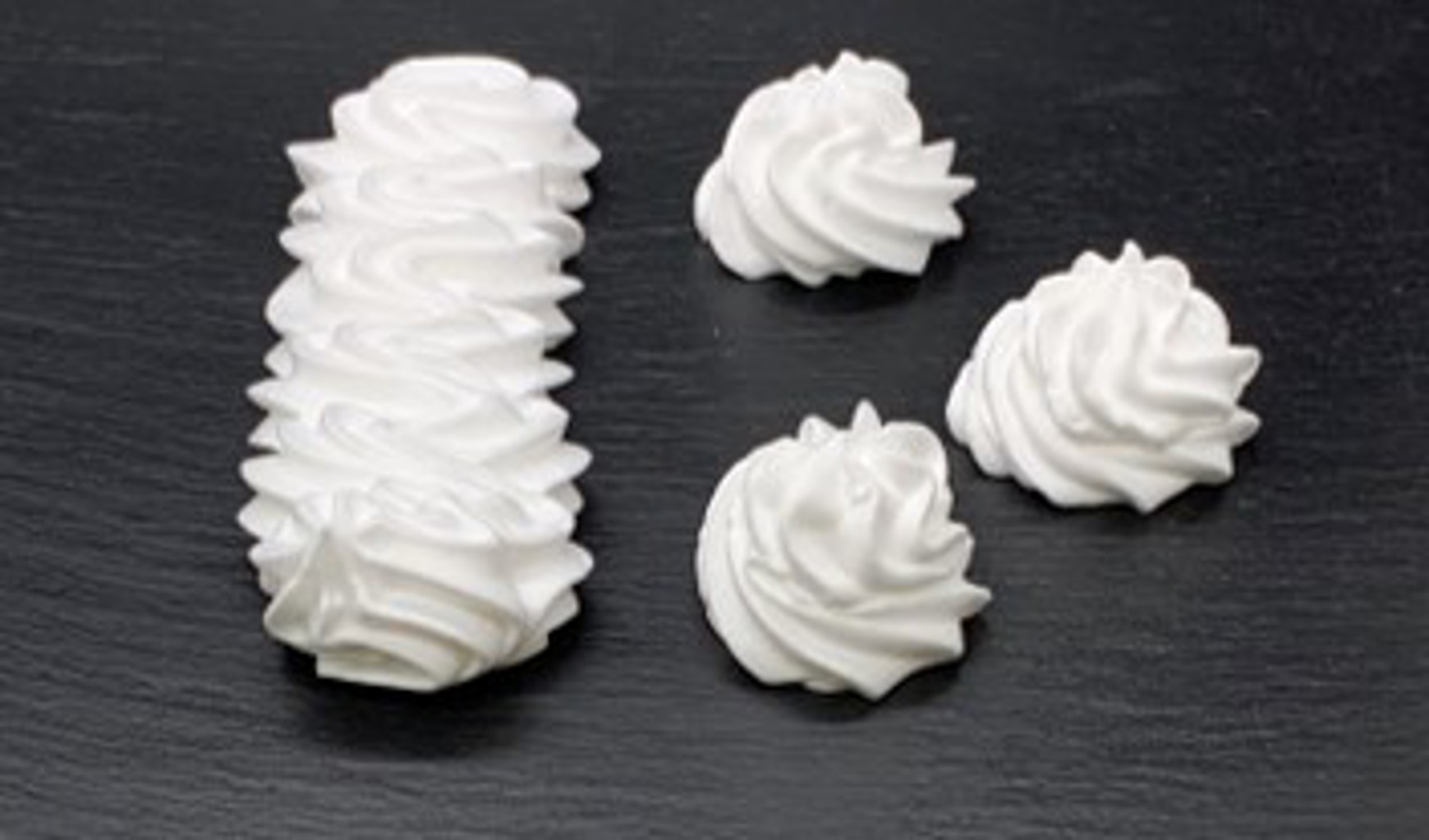

With a fat content as low as 12%, manufacturers will be able to offer a healthier choice to cream-loving consumers around the world – and that without compromising on the quality of their creams. The combined forces of Palsgaard® CreamWhip 431 and Palsgaard® CreamWhip 412 help to hold the shape and structure of the foam in the low-fat non-dairy whipping cream without it reverting into a liquid state, for example, if subjected to a warm environment.
Thomas explains: “One of the key advantages of using vegetable fat instead of animal fat for whipping cream is that you can customise the melting profile of your fat, which makes it far more suitable for cake decorating.”
As a UHT product, the low-fat non-dairy whipping cream already has some natural advantages when it comes to storage and shelf-life.
Thomas says: “We have been able to maintain a stable emulsion for this product for at least six months at ambient storage, which is pretty impressive.”
Lower fat is better for your health, and this can make a product more attractive to consumers. The new Palsgaard® CreamWhip duo goes one step further, as Thomas explains.
He says: “Palsgaard® CreamWhip 431 and Palsgaard® CreamWhip 412 have a vegetable base and are made using natural raw materials. The emulsifier and stabilisers we developed for this duo are palm-free and PHO-free, so there are no trans fatty acids. They are also allergen-free, and we are proud of this.
“We know some of our competitors are using lecithin, and often this means soy lecithin, which is an allergen. We don’t use soy lecithin because we found an emulsifier to replace lecithin altogether.
“Palsgaard® CreamWhip 431 and Palsgaard® CreamWhip 412 are allergen-free and as well as kosher, halal and produced factories with a strategic focus on reducing energy consumption and CO2-emissions.”
Palsgaard has been in the business of whipping creams for decades, and Thomas and his team have helped hundreds of customers achieve perfect peaks in our many application centres around the world. To help you get started on your low-fat non-dairy whipping cream adventure, we have created a set of start-up recipes for you to try. Part of the secret to an airy, soft mouthfeel combined with firm foam and a clean, unbroken piping definition lies in achieving the right emulsifier/stabiliser balance. Palsgaard® CreamWhip is the solution, no matter the challenge.

TECHNICAL ARTICLE
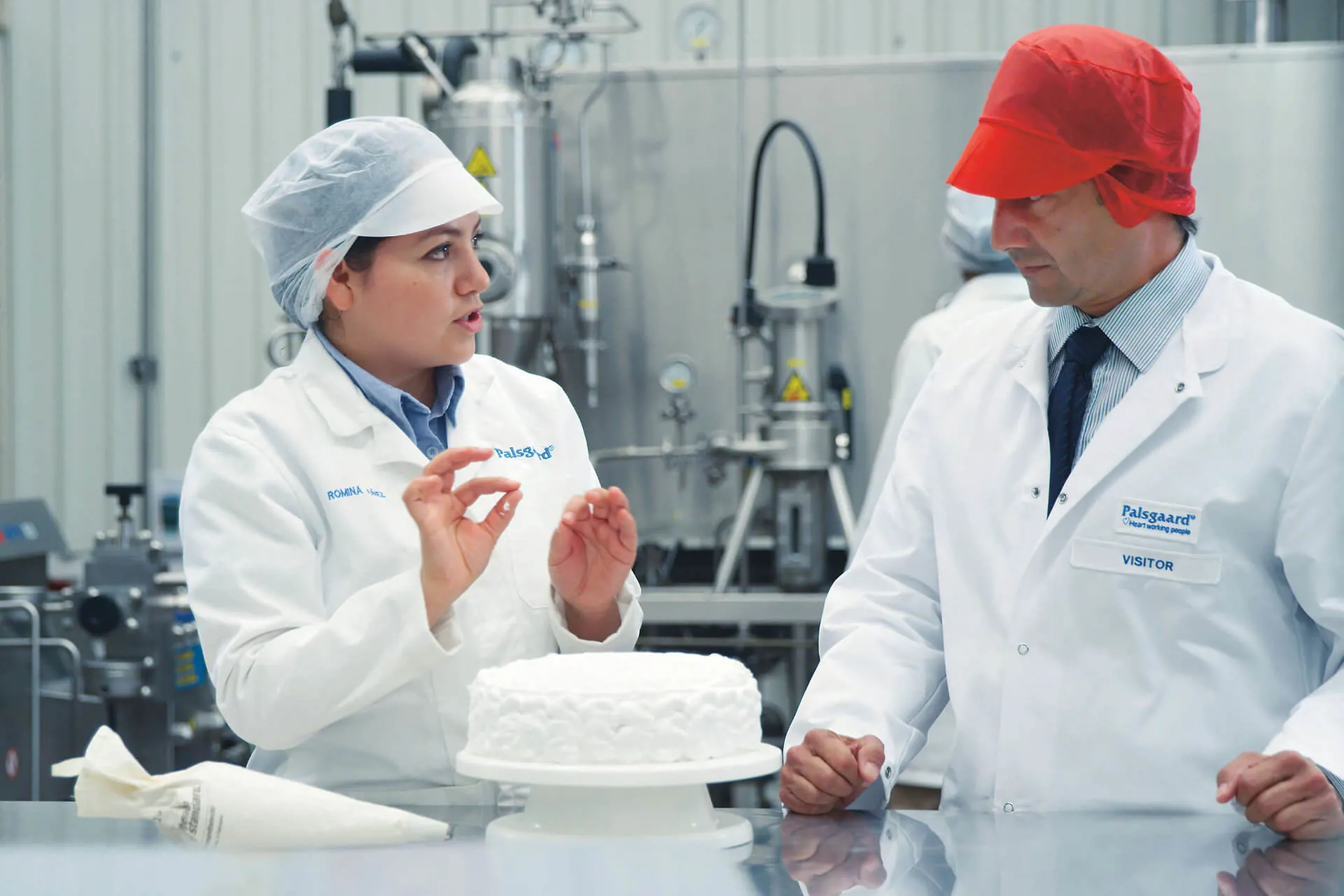
TECHNICAL ARTICLE
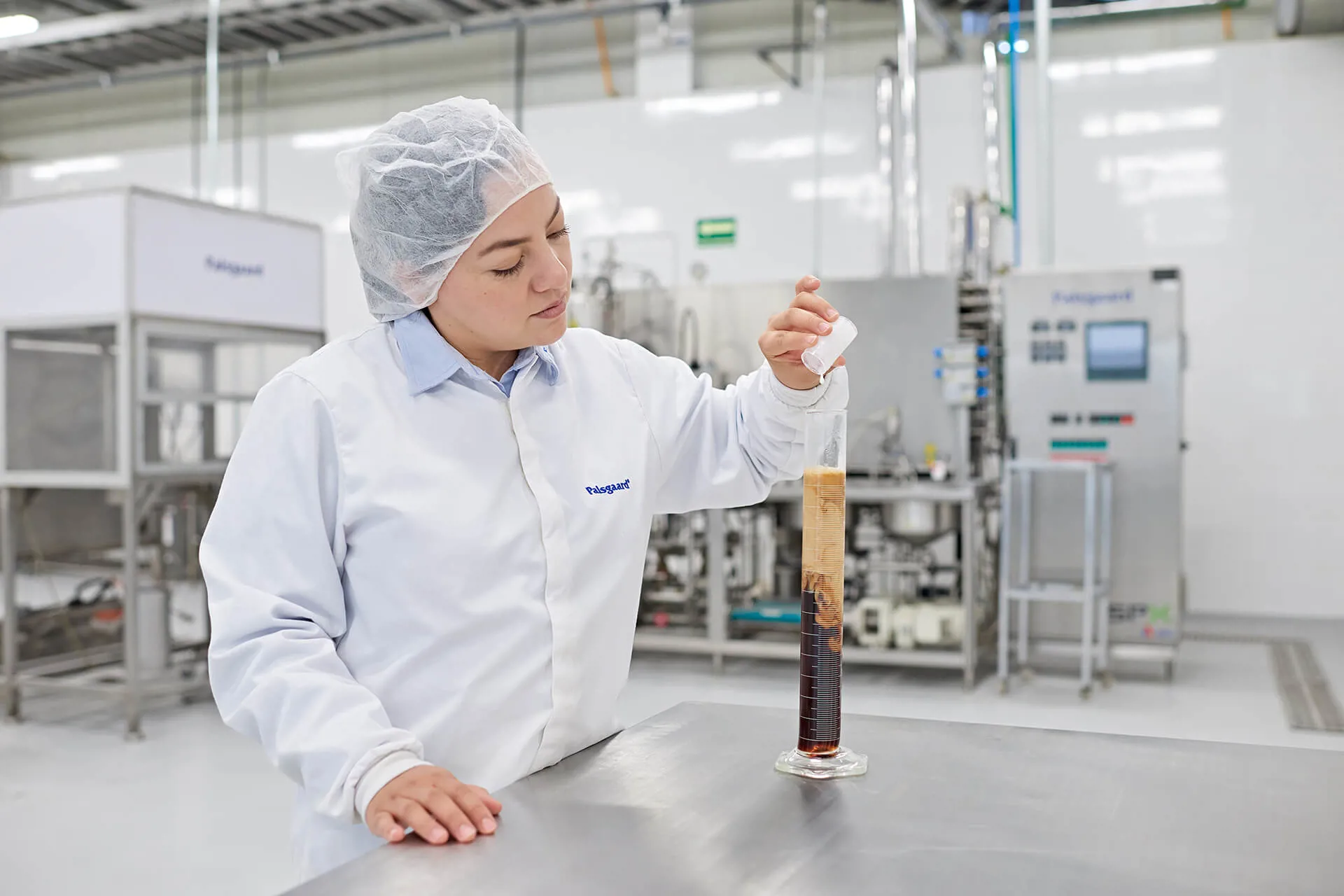
TECHNICAL ARTICLE
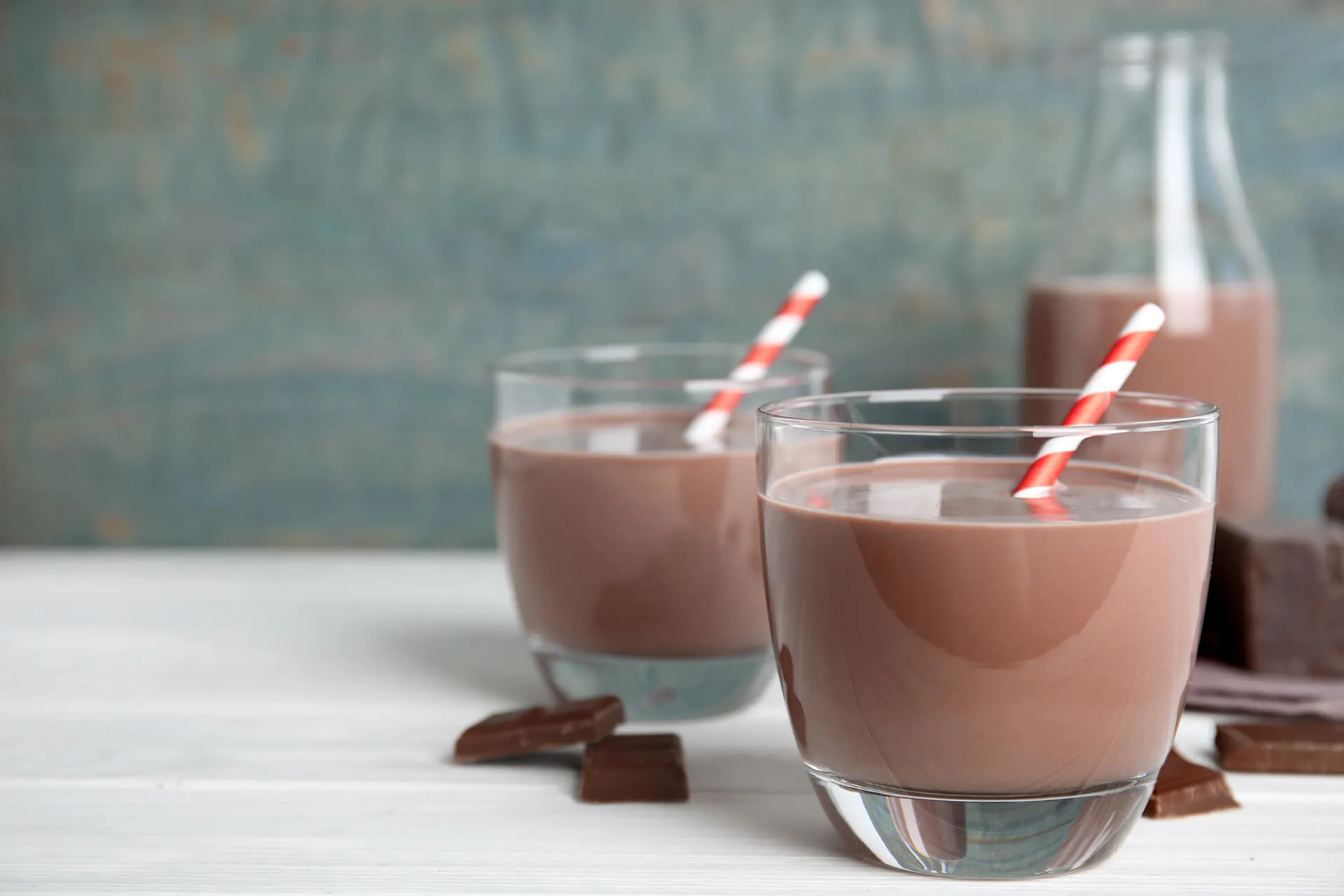
TECHNICAL ARTICLE

TECHNICAL ARTICLE